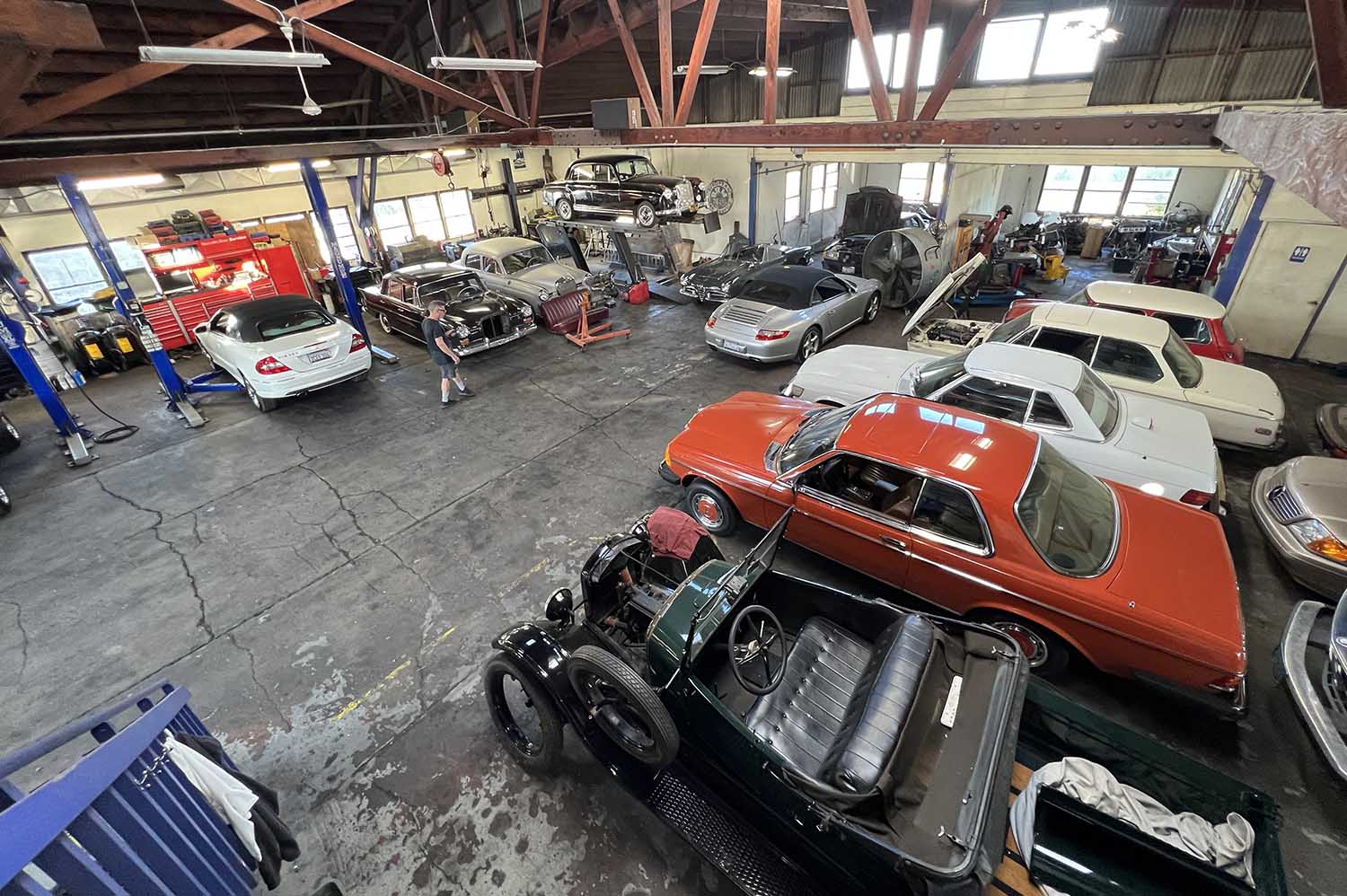Are New Cars More Tolerant of Sitting Unused Than Old Ones?
As tech and materials evolve, letting your vehicle sit unused can be less of an issue.
 Manuel Carrillo III | Capital One
Manuel Carrillo III | Capital One
What Happens When a Car Sits?
Plenty can go wrong if cars sit for weeks or months at a time. Pests might take shelter under the sheetmetal and chew on the wiring, firewall insulation, and more. Batteries — both the 12-volt kind found on most cars and the high-voltage packs in hybrids and electrics — can lose their charge. Tires can develop flat spots from the weight of the vehicle bearing down on the same section of rubber. Hoses and rubber suspension elements can dry out and crack. Trapped water can cause rust. Fuel can evaporate, and fuel tanks can collect moisture. Carburetors — particularly those in older cars — can become clogged.
Technology to the Rescue
The good news is that many newer cars have systems to prevent or at least mitigate some of these issues. On vehicles with internal-combustion engines, fuel injection has replaced carburetors, resulting in a better-sealed system. Similarly, modern emissions systems are closed to outside influences such as moisture and air, which means safer long-term vehicle storage.
Material advancements have helped, too. Rubber parts tolerate temperature change and aging better than ever before, so seals, hoses, and tires are less likely to break down in a newer car than an older one. Moreover, lubricants last longer and fuel stabilizer helps prevent the fuel in that sealed tank from separating.
Letting Electric Cars Sit Unused
With electric vehicles (EVs), you don't have to think about fuel or an engine, but you do need to give a thought to the batteries. As mentioned earlier, batteries lose their charge when left to sit, so it can be worthwhile to keep the 12-volt pack on a battery maintainer if you plan to leave your vehicle for more than a few weeks. What's more, a draining 12-volt can lead to a drained high-voltage battery in a hybrid or EV, as the big pack will feed the little one to keep it charged.
Even when sitting, the high-voltage pack in an electrified vehicle gets some use. This is particularly relevant if you leave your car in a place where the temperature isn't mild, as many EVs will cycle on their battery-management systems to cool or heat the battery to preserve the pack's life. For the health of the car and the battery, if you intend to be away from your EV for an extended period of time, consider storing it in a climate-controlled garage and keeping it plugged in.
Written by humans.
Edited by humans.
 David Gluckman
David GluckmanDavid Gluckman has over a decade of experience as a writer and editor for print and digital automotive publications. He can parallel park a school bus, has a spreadsheet listing every vehicle he’s ever tested, and once drove a Lincoln Town Car 63 mph in reverse. When David’s not searching for the perfect used car, you can find him sampling the latest gimmicky foodstuffs that America has to offer.
Related articles
View more related articles